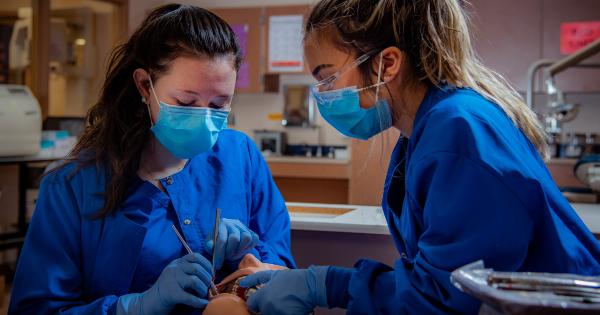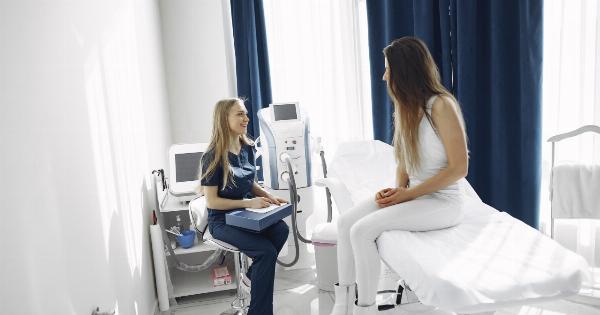MSD, or Musculoskeletal Disorders, are injuries or disorders that affect the muscles, bones, joints, nerves, tendons, ligaments, or other connective tissues of the body.
These types of injuries are common in many occupations and industries, including construction, manufacturing, healthcare, and office work. While MSDs can be painful and debilitating, they can also be prevented through a comprehensive approach to workplace health and wellness.
What are MSDs?
MSDs are a broad category of injuries and disorders that affect the musculoskeletal system. Some common examples include:.
- Back pain
- Neck pain
- Carpal tunnel syndrome
- Tendinitis
- Bursitis
- Rotator cuff injuries
- Epicondylitis (tennis elbow)
- Trigger finger
MSDs can be caused by a variety of factors, including repetitive motions, awkward postures, forceful exertions, and prolonged sitting or standing.
These types of injuries can occur in any workplace, but they are especially common in industries that involve heavy manual labor or repetitive motions, such as manufacturing or construction.
The Cost of MSDs
MSDs not only cause pain and discomfort for workers, but they also have a significant impact on employers and the economy as a whole. According to the Bureau of Labor Statistics, MSDs accounted for 30% of all workplace injuries and illnesses in 2019.
These injuries resulted in an estimated 310,000 cases of missed work days and $57 billion in lost wages and productivity. In addition, the medical costs associated with MSDs can be significant, with some estimates suggesting that the average cost per case can be upwards of $60,000.
The MSD Approach to Health and Wellness
The MSD approach to health and wellness is a comprehensive strategy for preventing and managing musculoskeletal disorders in the workplace. This approach involves several key components:.
Ergonomic Assessments
Ergonomic assessments are a critical component of the MSD approach. These assessments involve evaluating the work environment and identifying potential hazards or risk factors that could contribute to MSDs.
For example, an ergonomic assessment may identify the need for adjustable workstations, proper lighting, or ergonomic chairs to reduce the risk of back pain or carpal tunnel syndrome.
Workplace Training
Training is another important component of the MSD approach. Workers should be trained on proper lifting techniques, ergonomic principles, and injury prevention strategies.
Employers should also provide training on the signs and symptoms of MSDs so that workers can seek treatment early and prevent the injury from becoming more serious.
Stretching and Exercise Programs
Stretching and exercise programs can help to prevent MSDs by improving flexibility and strengthening the muscles and joints.
These programs can be tailored to the specific needs of each workplace and can be integrated into daily routines to promote a healthy and active lifestyle.
Rehabilitation and Treatment
If an injury does occur, it is important to provide prompt treatment and rehabilitation. This may include physical therapy, medication, or surgery, depending on the severity of the injury.
By providing prompt and effective treatment, workers can return to work more quickly and reduce the impact of the injury on productivity and morale.
Benefits of the MSD Approach
The MSD approach to health and wellness offers several key benefits for both workers and employers:.
- Reduced risk of injury and illness
- Improved productivity and morale
- Lower healthcare costs
- Reduced absenteeism and workers’ compensation claims
- Improved quality and efficiency of work
Conclusion
The MSD approach to health and wellness is a comprehensive strategy for preventing and managing musculoskeletal disorders in the workplace.
By implementing ergonomic assessments, workplace training, stretching and exercise programs, and rehabilitation and treatment, employers can reduce the risk of injury and illness, improve productivity and morale, and lower healthcare costs. By taking a proactive approach to workplace health and wellness, employers can create a safer and healthier work environment for their employees.





























